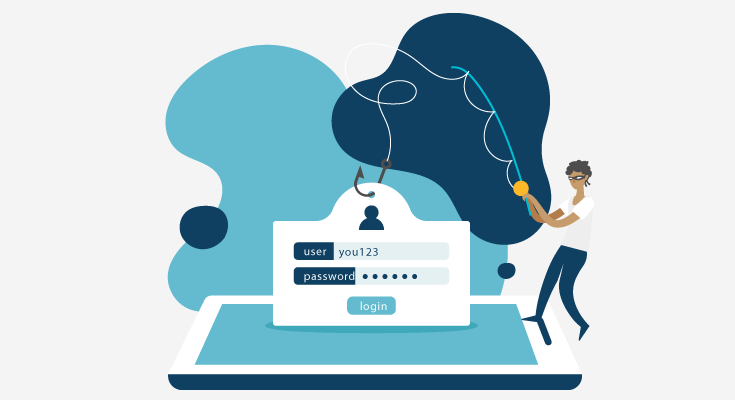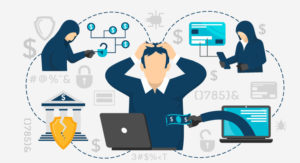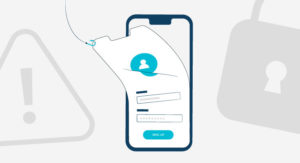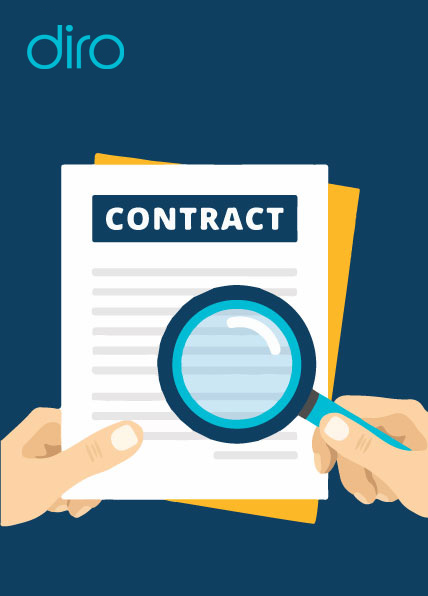Understanding Digital Wallet Fraud

In an era dominated by technology, digital wallets have emerged as a convenient and efficient means of managing finances. With the ability to make seamless transactions, pay bills, and even store identification documents, digital wallets have become an integral part of our daily lives.
However, with great convenience comes great responsibility, as the rise of digital wallet fraud poses a significant threat to users’ financial security.
In this blog post, we will delve into the world of digital wallet fraud, exploring what it is, how it happens, and most importantly, how you can protect yourself from falling victim to such cybercrimes.
Understanding Digital Wallet Fraud
Digital wallet fraud involves unauthorized access or manipulation of a user’s digital wallet to carry out fraudulent transactions or gain sensitive information.
This can occur through various means, including phishing, malware attacks, and identity theft. Criminals are constantly evolving their tactics, making it crucial for users to stay informed about potential threats and take proactive measures to secure their digital wallets.
Common Types of Digital Wallet Fraud
1. Phishing Attacks
Phishing is a prevalent method used by cybercriminals to trick users into revealing their login credentials or sensitive information. In the context of digital wallets, phishing may involve fraudulent emails, messages, or websites that mimic legitimate platforms to deceive users into providing their wallet details.
2. Malware and Mobile App Attacks
Malicious software or apps can compromise the security of digital wallets. Once installed on a user’s device, malware can capture login credentials, access personal information, or even take control of the digital wallet itself. Users should exercise caution when downloading apps and regularly update their security software to prevent such attacks.
3. Identity Theft
Cybercriminals may engage in identity theft to gain unauthorized access to digital wallets. By obtaining personal information through various means, such as social engineering or data breaches, fraudsters can manipulate security measures and take control of a user’s digital wallet.
4. Account Takeover
In an account takeover, cybercriminals gain access to a user’s digital wallet by obtaining login credentials through various means. This could include using leaked passwords from other online accounts or exploiting weak authentication methods.
How to Prevent Digital Wallet Fraud?
1. Use Strong Authentication
Strengthen your digital wallet security by enabling multi-factor authentication. This adds an extra layer of protection by requiring additional verification steps beyond just a password, such as a one-time code sent to your mobile device.
2. Keep Software Updated
Regularly update your digital wallet app and the operating system of your device. Developers often release updates to patch security vulnerabilities, and staying up-to-date is crucial for safeguarding against potential exploits.
3. Beware of Phishing Attempts
Be cautious of unsolicited emails, messages, or links asking for your digital wallet information. Legitimate service providers will never request sensitive details through email or messaging apps. Verify the authenticity of communication by directly contacting the company through official channels.
4. Secure Your Devices
Use strong, unique passwords for your digital wallet and regularly update them. Additionally, secure your devices with biometric authentication, such as fingerprint or facial recognition, to add an extra layer of protection.
5. Monitor Your Accounts
Regularly review your digital wallet transactions and account activity. If you notice any suspicious or unauthorized transactions, report them immediately to the digital wallet provider and take appropriate action to secure your account.
6. Educate Yourself
Stay informed about the latest trends and techniques used by cybercriminals. Awareness is a powerful tool in preventing digital wallet fraud. Familiarize yourself with common scams and be vigilant to protect your financial assets.
Conclusion
As the digital landscape continues to evolve, so do the threats associated with digital wallet fraud. Users must remain vigilant and proactive in securing their digital wallets to safeguard their financial well-being. By understanding the common types of fraud, implementing robust security measures, and staying informed about potential risks, individuals can enjoy the convenience of digital wallets without compromising their financial security.
Remember, the key to preventing digital wallet fraud lies in a combination of awareness, technology, and responsible digital habits.
Frequently Asked Questions
1. What is digital wallet fraud?
Digital wallet fraud involves unauthorized access or manipulation of a user’s digital wallet to carry out fraudulent transactions or gain sensitive information. It can occur through various means, including phishing, malware attacks, and identity theft.
2. How can I protect myself from digital wallet fraud?
Use strong authentication methods, such as multi-factor authentication.Keep your digital wallet app and device software updated regularly.Be cautious of phishing attempts and never share sensitive information through unsolicited emails or messages.Secure your devices with strong, unique passwords and biometric authentication.Monitor your digital wallet transactions regularly and report any suspicious activity promptly.
3. What is multi-factor authentication, and why is it important?
Multi-factor authentication (MFA) is a security method that requires users to provide multiple forms of identification before gaining access to their digital wallets. This typically involves something you know (password) and something you have (mobile device for receiving a code). MFA adds an extra layer of protection, making it more difficult for fraudsters to access your account.
4. How can I recognize phishing attempts related to digital wallets?
Be wary of unsolicited emails or messages requesting your digital wallet information.Verify the legitimacy of communication by contacting the company directly through official channels.Check for grammatical errors or inconsistencies in the communication.Look for secure website indicators, such as “https://” in the URL, before entering any login credentials.
5. Can malware compromise my digital wallet?
Yes, malware can compromise the security of your digital wallet. Malicious software can capture login credentials, access personal information, or take control of your digital wallet. To prevent this, avoid downloading apps from untrusted sources, keep your device’s security software updated, and regularly scan for malware.
6. What should I do if I notice unauthorized transactions in my digital wallet?
If you observe any suspicious or unauthorized transactions, take the following steps:- Immediately report the issue to your digital wallet provider.- Change your passwords and update your security settings.- Contact your bank or financial institution to report the fraudulent activity.- Consider freezing or closing the affected digital wallet account if necessary.













